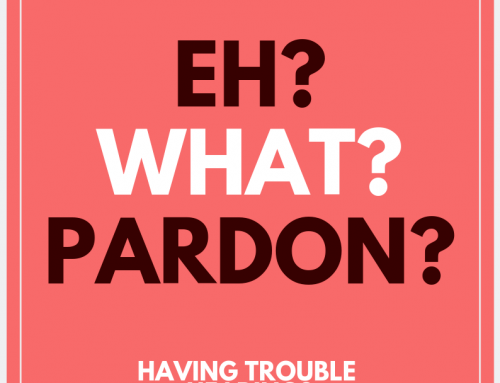One of the most delicate and vulnerable structures of the hearing system are the microscopic hair cells of the inner ear. These hair cells naturally die away through normal ageing, nose exposure and a host of other factors including certain viruses and medications. The result of this is sensori-neural hearing loss, the most common type of hearing impairment in the world today.
Advances in neuroscience have proved a phenomenon known as neural plasticity occurs in the hearing system. This is where the brain can compensate for damaged areas by effectively re-wiring itself and, in the case of hearing loss, bring some sound detection abilities back.
Recent studies by the Massachusetts Eye and Ear Medical School have shown that this plasticity can bring hearing back into normal limits for simple sounds but not for more complex sounds like speech. This can result with someone who shows normal levels of hearing in a standard hearing test but who really struggles to follow a conversation.
The re-wiring effect of plasticity appears to have the effect of working like an amplifier and, while it makes some previously unheard sounds now audible it is not as finely tuned as ‘normal hearing’. Additionally, this extra amplification could also be a cause of tinnitus and hyperacusis as the hearing system is effectively being over-loaded in some frequencies.
LAC News






